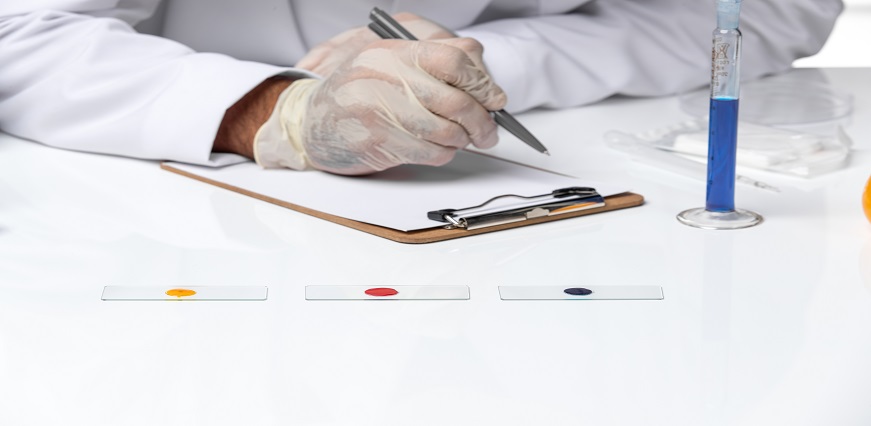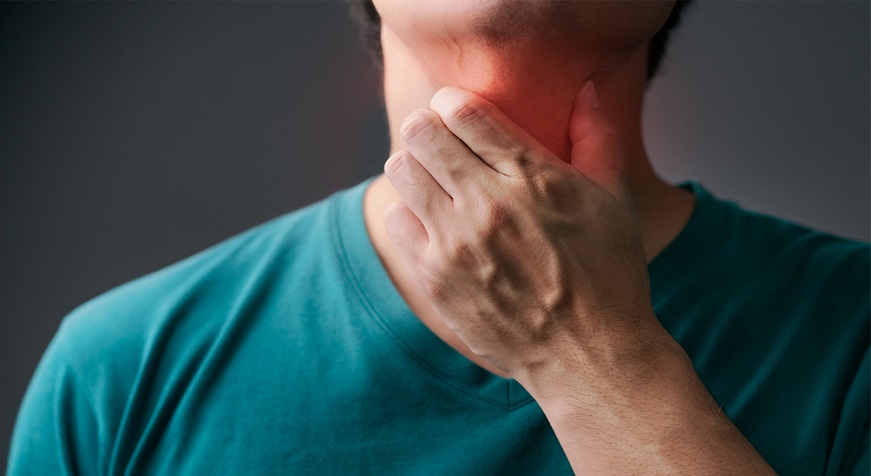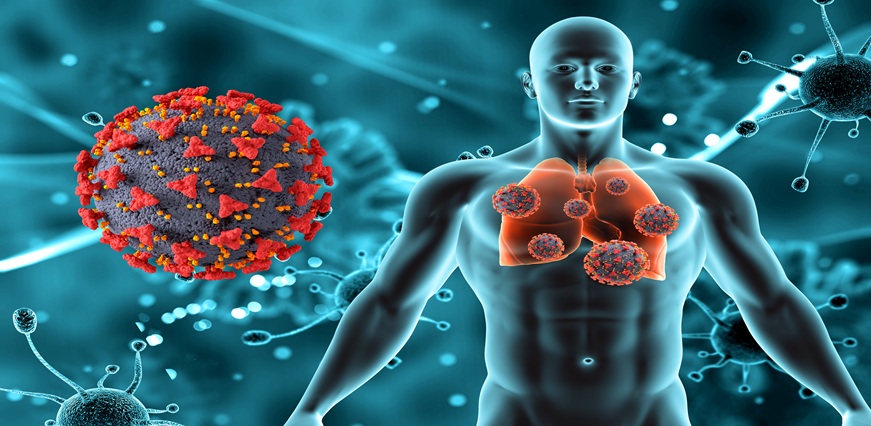When it comes to our health, knowledge truly is power. And when faced with symptoms of infection or an unexplained ailment, unraveling the mystery behind what's really going on becomes paramount. That's where medical tests like the Pus Culture and Sensitivity test step in as a powerful tool in identifying the root cause of infections that can sometimes go unnoticed by other diagnostic methods.
What is a PUS Culture and Sensitivity Test?
The Pus Culture and Sensitivity test, also known as the pus C&S test, is a diagnostic tool used by healthcare professionals to identify and determine the cause of an infection.
During this test, a small sample of pus is collected from the affected area – be it a wound, abscess, or any other site exhibiting signs of infection. This sample is then placed on a culture medium that encourages bacterial growth. The culture is incubated under controlled conditions to allow microorganisms to multiply and form visible colonies.
Why is PUS Culture and Sensitivity Test Done?
One primary reason for conducting a Pus C&S test is to pinpoint the specific bacteria or microorganism responsible for an infection. This knowledge helps doctors select the most effective antibiotic treatment, ensuring targeted therapy that can combat the infection more efficiently.
Another important objective of this test is to assess whether there are any superbugs present. Superbugs are strains of bacteria that have become resistant to multiple antibiotics, making them challenging to treat. Identifying such pathogens early on allows healthcare providers to take appropriate measures and implement alternative treatment strategies if necessary.
Furthermore, understanding which organisms are causing an infection through a Pus C&S test can help monitor trends in antibiotic resistance patterns regionally or globally. This information aids public health efforts by identifying emerging drug-resistant strains and guiding preventative measures.
How is the Test Done?
The pus culture and sensitivity test is a simple procedure that involves obtaining a sample of the pus from the affected area. The healthcare provider will use a sterile swab or needle to collect the sample. This can sometimes be slightly uncomfortable, but it usually only takes a few seconds.
Once the sample has been collected, it will be sent to a laboratory for analysis. In the lab, technicians will place the pus on different types of growth media to encourage bacteria or fungi present in the sample to multiply. These cultures are then incubated at specific temperatures for 24-48 hours.
After sufficient time has passed, microbiologists examine each culture under a microscope to identify potential pathogens in the pus. This allows them to determine which antibiotics would be most effective in treating an infection caused by those particular organisms.
What do the Results Mean?
The first part of the report typically includes information about the bacteria or other microorganisms that were found in the sample. This helps healthcare providers identify which specific pathogen is causing the infection. The report may also indicate whether there are multiple types of organisms present.
In addition to identifying the pathogens, the pus culture and sensitivity test also provides information on their susceptibility to various antibiotics. This is known as antibiotic sensitivity testing. The results will include a list of antibiotics that are effective against each identified organism, as well as any resistance patterns that may be present.
Interpreting these results requires expertise from healthcare professionals who understand both microbiology and pharmacology. They will use this information to determine which antibiotic(s) would be most effective in treating your infection.
Are There any Risks?
When it comes to any medical test or procedure, it's essential to consider the potential risks involved. The pus culture and sensitivity test is generally considered safe, but as with any medical procedure, there are some risks to be aware of.
During the collection of the pus sample, there is a small risk of infection at the site where the sample is taken. However, this risk can be minimized by following proper sterile techniques and using disposable equipment.
In rare cases, patients may experience discomfort or pain during the collection process. This can vary depending on the location from which the sample is obtained.
There may also be a slight chance of bleeding or bruising at the site where the sample is taken. Again, this risk can usually be minimized by skilled healthcare professionals.
Conclusion
The pus culture and sensitivity test is a valuable diagnostic tool that helps healthcare providers identify the specific bacteria causing an infection and determine which antibiotics are most effective in treating it. This information is crucial for guiding treatment decisions and ensuring prompt recovery.













 7982100200
7982100200























 To reach our help desk call 9213188888
To reach our help desk call 9213188888.png)
Comments